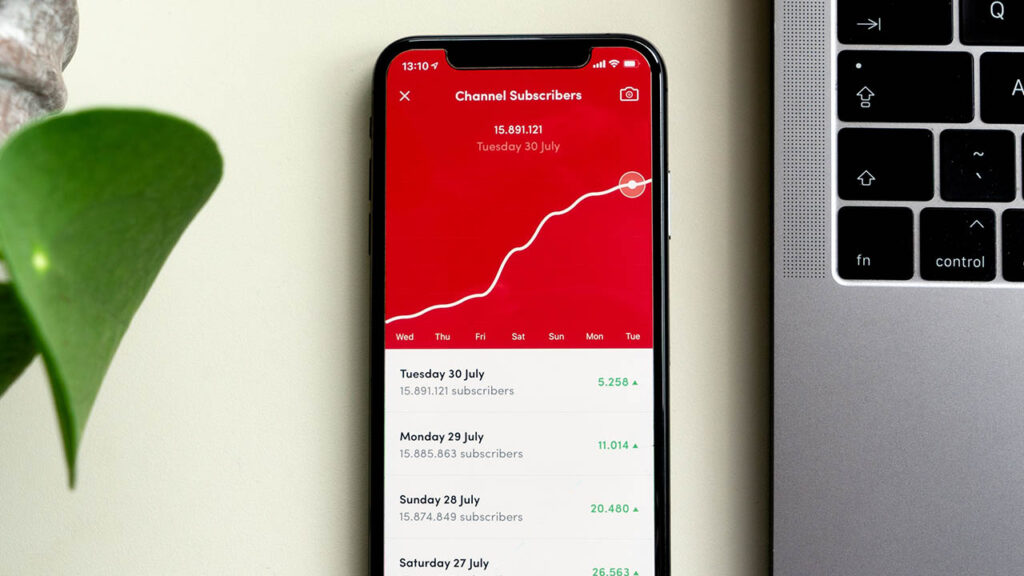
Make Money To Change The World: 3 Hot Tips on Lean Launching for SMEs
{ By Chesline Pierre-Paul }
Lean is the new smart. The “fail fast and hard” for-business growth model is geared towards optimizing operational efficiency at scale by phasing out redundancies right out the gate.
The opportunities to take to market a brand-new SME however well-funded have never been historically so profuse, and yet …
Whilst the corporate digital-first marketplace is awash with generation-making opportunities to integrate operations globally and launch global brands and companies … :
- “97% of all businesses are still doomed to fail within the next 10 years”
- “only 4% of C-suites are WOC”, and
- “a corporate fails every 3 minutes”

Even though success is more exponential it is still not guaranteed. So, how do we mitigate risks and enforce modes of operations that enforce predictability and scalability around time-to-profitability?
Hop Tip #1
“Simplify to Amplify” (Marie Forleo)
Break down the big-picture facts and figures of what is required of you, company-wide, to steadily maximize your bottom line.
Excise anything that detracts from that critical business growth imperative.
Hash out a top 3 breakdown of the core operating strategic imperatives that speak to the critical business factors you need to hit your corporate targets on the nose and match your yearly and quarterly revenue projections.
For example: for you to grow fully within your optimal business growth potential, you may need to focus on 1) “shrinking time to market”, 2) “improving operational efficiency”, and 3) “redefining your go-to market strategies” (Selling To Big Companies, Jill Konrath, 2006, p. 47).
As soon as you ‘clarify to simplify’, your responsibility here out is (as my coach Drasko always says) to “keep the goal the goal” and not deviate from those established corporate priorities.
What steers your ship continuously aright is to not get caught up in ‘vanity metrics’, FOMO, and “new shiny object syndrome” by prioritizing your top 3 objectives every single step of the way. How you ensure you work as CEO of your brand and not merely as employee of your company, is by systemically enforcing your top 3 imperatives company-wide. Leastwise, a solid 80% of your operations should be directly resonant with your key business growth imperatives.
When you compare where you invest the bulk of your time against your top 3 corporate targets is when you can quickly gauge how congruent, focused, and impact-driven, you and your operations have been.
Hop Tip #2
Execute your own version of the 80/20 rule
Once you are clear on what to prioritize to 1) cut down money- and time-wasters and 2) double growth and company revenue, the question becomes; how do you operationalize that at scale?
The idea is simple.
You integrate as core to your day-to-day operations, the top 20% of all actions and selling activities that account for 80% of your most desired outcomes.
What I love with this is that you are compelled to lead with intention and only strategically enforce actions that are so high-impact, that even a meager 20% level of execution accounts for the maximum ROI on your capital, assets, and resources utilization.
Here’s an example:
I mentioned earlier that one of your core business growth imperatives might be “operational efficiency”. Here’s how you can spin this:
- What software technology can you swap for that will help you use a better-integrated software solutions with the best price-optimization capabilities?
For example, compare your current Saas or professional service providers against the best strategically aligned options for you in your market to understand how even a downgraded version or a similarly featured option from a competitor can help you:
- use 1 software to perform tasks currently executed by 2+ less well-integrated tech you own
- use a more comprehensive tool sold at best value to turn your current tech into a one-stop for your day-to-day operations business needs
At times, this may even look like you downgrading systems (rather than upgrading them) to use a less multi-featured yet still strategically well-aligned option where you are not overspending on features that are too sophisticated for your current level of needs.
Again, it may not ‘look’ good from a ‘vanity metrics’ standpoint, and yet, it helps you maximize your bottom line by operationalizing your critical business growth factors.
Similarly, if you function B2B, maybe investing so much in your social media following won’t tactically translate into heightened profitability, so rather than prioritizing these low-impact nonselling activities, you can invest horsepower in other activities that are goal-focused and on-target.
At the end of the day you want to maximize lean strategies that are bottom line-focused and impact-generating. Ask yourself:
- What are the 3 things that if I do them every day are guaranteed to move the needle forward on my top 3 business growth objectives (for this quarter)?
- What tech can I swap/downgrade to render asset utilization and capital management more strategically operationally efficient?
- How do I make sure I “keep the goal the goal” every day by disavowing ‘vanity metrics’ as a barometer for company growth?
Hop Tip #3
Leverage the power of mandatory demand-driven company training
This one I learned from the incredible business growth celebrity expert Chet Holmes.
The long and short of it is that, however self-drivenly brilliant you are, all growth leads to stagnation and decline when not properly curated.
In other words, if you do not plan mandatory training ahead of time in your top 3 impact areas (as seen before), you will systemically render your business operationally fragile in those key areas.
Why? Because “when you fail to prepare you prepare to fail.”
Your top 3 business growth imperatives highlight the top 3 areas where you want to maximize quality output, normalize goal-aligned results, and reflexively induce strategic optimization of your operations.
Thus, if:
- “shrinking time to market”,
- “improving operational efficiency”, and
- “redefining your go-to market strategies” (Selling To Big Companies, Jill Konrath, 2006, p. 47)
are your top 3 company imperatives, you want to carve out time every single week in those core areas to account for mandatory demand-driven company training.
Did you know that “companies […] with comprehensive training programs have 218% higher revenue per employee and 24% higher profit margins”? (E-Learning Infographics).
Trust me, you don’t want to be part of the “50% of managers with over ten years of experience [that have] only received about nine total hours of training” (Lorman).
By steadily executing these 3 hot tips at the best of your capabilities, you ensure you stay on top of your game and become part of the 4% of all businesses that thrive within the next 10 years.

Chesline Pierre-Paul
INSTAGRAM: @cheslinepp
FACEBOOK: @chespp
LINKEDIN: Chesline Pierre-Paul
TWITTER: @cheslinePP





